Josh Armitage
Charting the Journey to Continuous Deployment with a Value Stream Map
#1about 2 minutes
Core principles for achieving continuous deployment
Value stream maps focus on how you deliver, software delivery is about building confidence, and continuous deployment is a realistic goal for most teams.
#2about 1 minute
Defining continuous deployment and its goals
Continuous deployment is the automated process of releasing a merged commit to production without human involvement to maximize time spent on value-adding activities.
#3about 1 minute
Classifying work with lean activity types
Lean principles categorize all work into value-generating activities to maximize, necessary waste to minimize, and unnecessary waste to eliminate.
#4about 3 minutes
Measuring elite performance with DORA metrics
The four DORA metrics—lead time, deployment frequency, time to restore service, and change failure rate—provide a verified way to measure and benchmark software delivery performance.
#5about 3 minutes
Optimizing delivery with small batch sizes
Reducing batch sizes lowers risk and increases predictability by minimizing holding costs and transaction costs through automation like CI/CD.
#6about 2 minutes
Using value stream mapping as a software gemba walk
Value stream mapping adapts the lean concept of a Gemba walk to software, allowing teams to visualize and non-judgmentally observe their end-to-end delivery process.
#7about 4 minutes
How to run a lightweight value stream mapping workshop
A simple workshop using a whiteboard and post-it notes can map the entire process from idea to value, using different colors to represent branching strategies.
#8about 5 minutes
Analyzing the map to find confidence-building bottlenecks
By analyzing the value stream map, teams can identify major bottlenecks, such as manual QA wait times, that slow down the process of building confidence for a release.
#9about 5 minutes
Designing a future state with automated regression testing
The ideal future state eliminates bottlenecks by automating all regression testing and shifting manual QA to exploratory testing in production using feature flags or canary deployments.
#10about 4 minutes
Identifying when continuous deployment is not suitable
Continuous deployment may be inappropriate for systems with an inherently high cost of change or high risk of release, such as critical infrastructure or on-premise software requiring travel.
#11about 1 minute
Final summary of key takeaways for your team
A recap of the core ideas: value stream maps focus on process, delivery is about confidence, and continuous deployment is an achievable goal for most teams.
Related jobs
Jobs that call for the skills explored in this talk.
Team Lead DevOps (m/w/d)
Rhein-Main-Verkehrsverbund Servicegesellschaft mbH
Frankfurt am Main, Germany
Senior
Matching moments
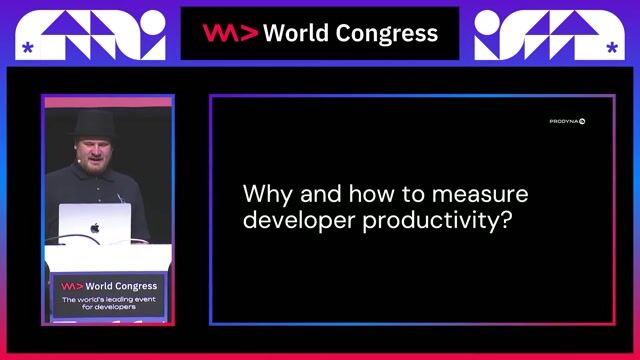
01:04 MIN
From waterfall to DevOps in software development
Do you know how fast you were developing?
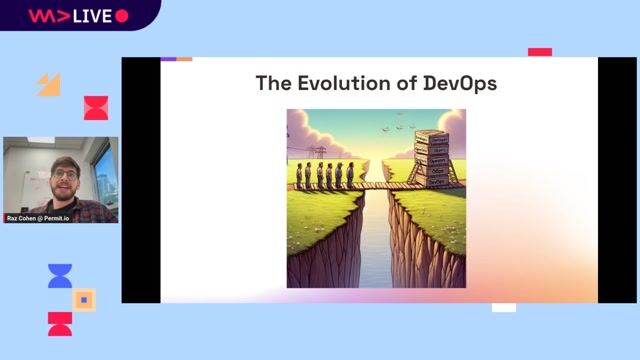
01:16 MIN
Tracing the evolution of DevOps from silos to superhighways
Navigating the AI Wave in DevOps

03:29 MIN
The first way: Creating flow in the value stream
Shifting Stress to Progress— Understanding DevOps to do DevOps Better
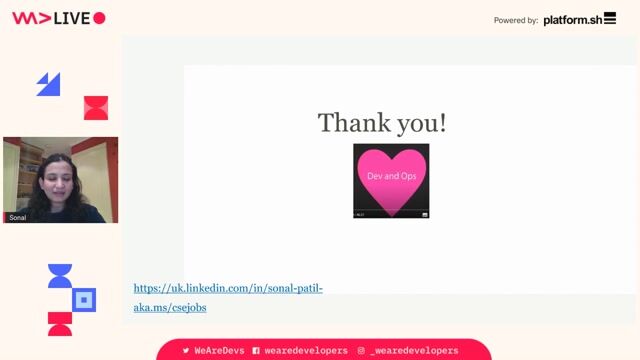
17:34 MIN
Q&A: Implementing DevOps and advocating for change
Shifting Stress to Progress— Understanding DevOps to do DevOps Better
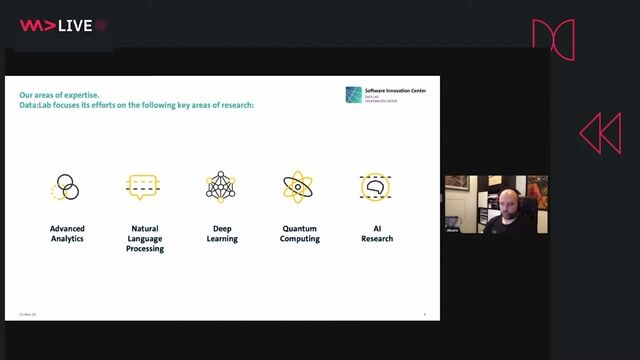
04:43 MIN
Core concepts of continuous delivery for data
Implementing continuous delivery in a data processing pipeline

00:54 MIN
Understanding the evolution from waterfall to DevOps
DevSecOps: Security in DevOps
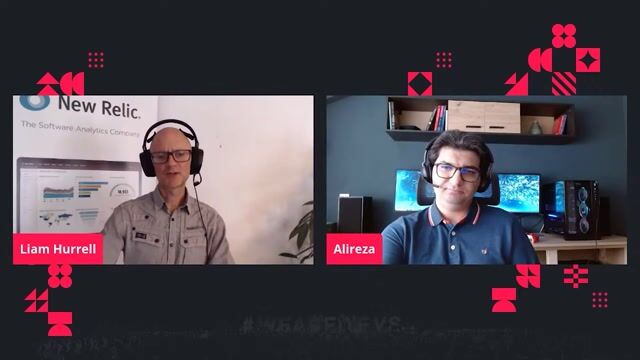
32:01 MIN
Key focus areas for improving your DevOps practices
The journey from developer to devops - what i've learnt along the way
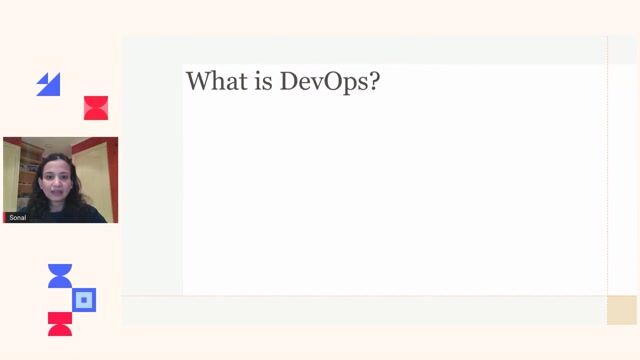
00:26 MIN
Defining DevOps beyond a list of practices
Shifting Stress to Progress— Understanding DevOps to do DevOps Better
Featured Partners
Related Videos
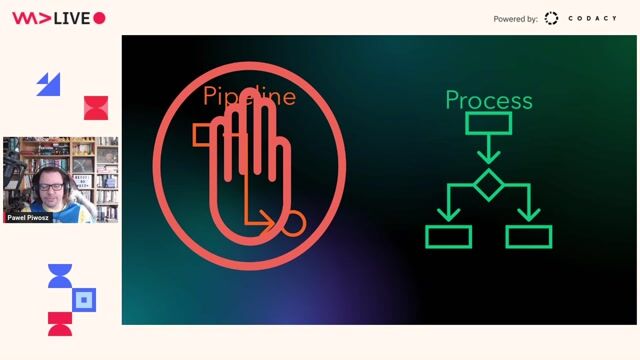 56:19
56:19Plan CI/CD on the Enterprise level!
Pawel Piwosz
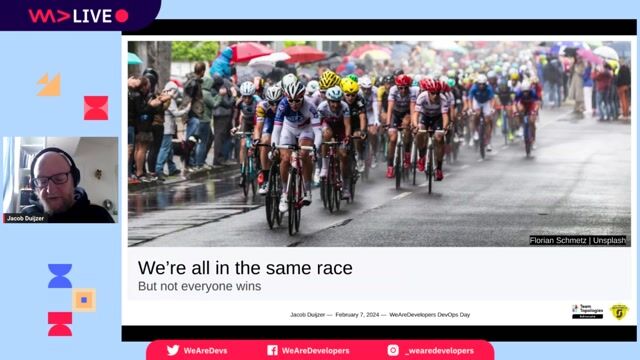 57:53
57:53Fast Flow, Not Fast Fluff: Embracing an Eclectic DevOps Coaching Approach
Jacob Duijzer
 34:00
34:00Implementing continuous delivery in a data processing pipeline
Álvaro Martín Lozano
 37:46
37:46Shifting Stress to Progress— Understanding DevOps to do DevOps Better
Sonal Patil
 44:40
44:40Enabling automated 1-click customer deployments with built-in quality and security
Christoph Ruggenthaler
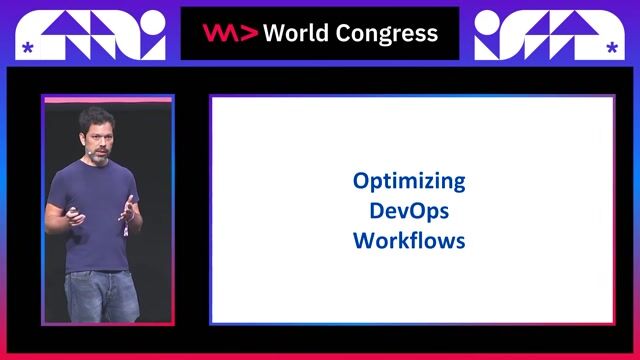 24:31
24:313 Key Steps for Optimizing DevOps Workflows
Daniel Tao
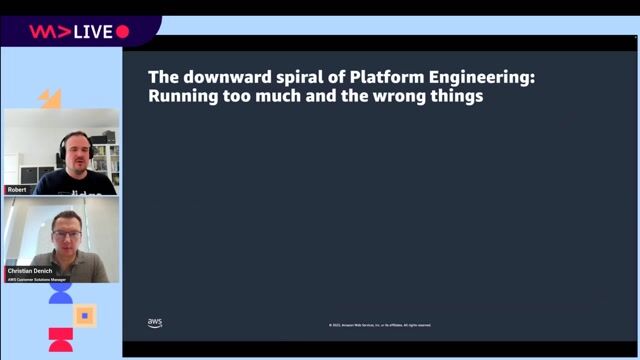 57:45
57:45Forget Developer Platforms, Think Developer Productivity!
Robert Hoffmann & Christian Denich
 50:28
50:28Practical tips and tricks for CI/CD success
Zan Markan
From learning to earning
Jobs that call for the skills explored in this talk.

DevOps Engineer – Kubernetes & Cloud (m/w/d)
epostbox epb GmbH
Berlin, Germany
Intermediate
Senior
DevOps
Kubernetes
Cloud (AWS/Google/Azure)

Implementing DevOps Solutions and Practices using Cisco Platforms Schulung (DEVOPS)
Incas Gmbh
GIT
Bash
Linux
DevOps
Python
+3






